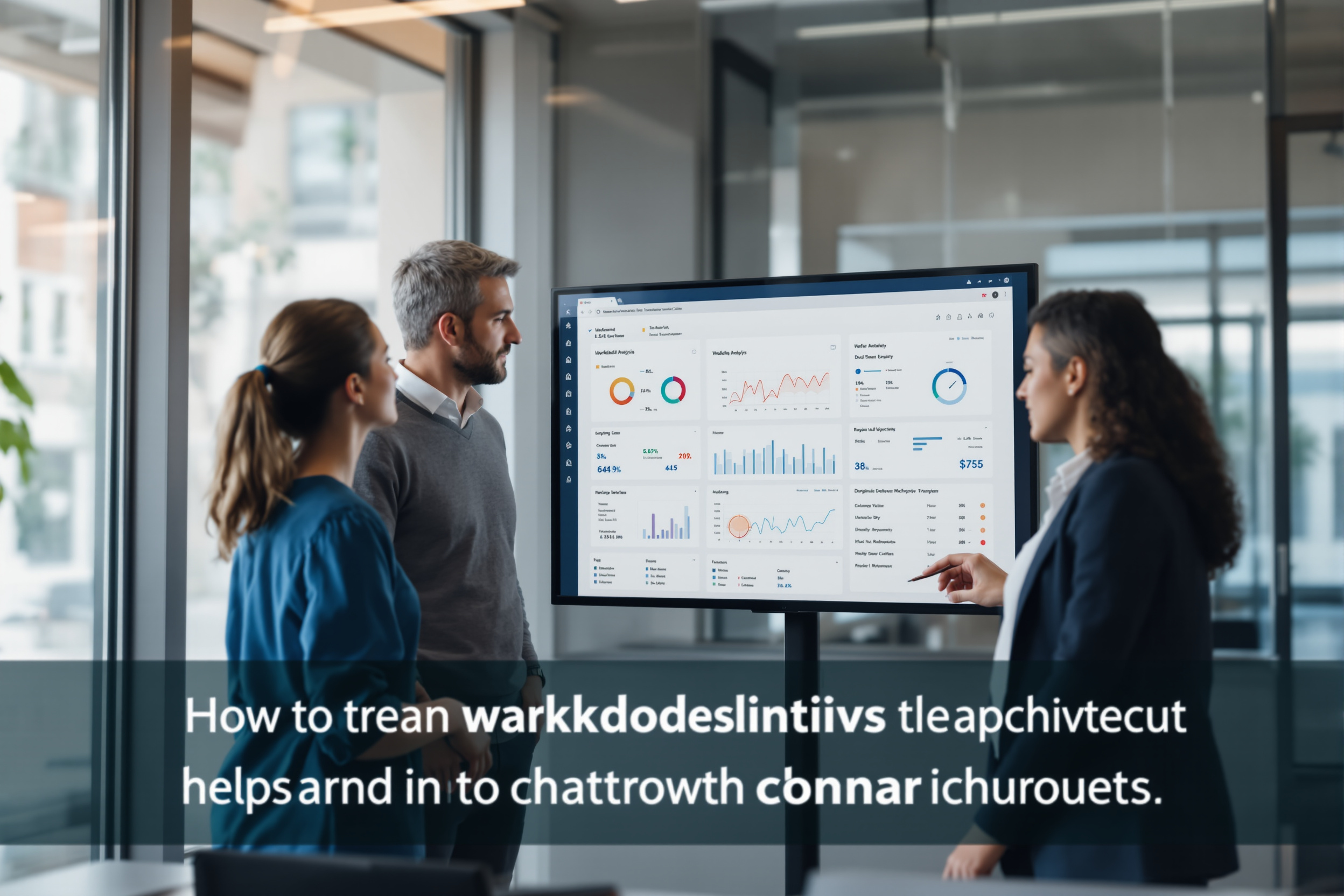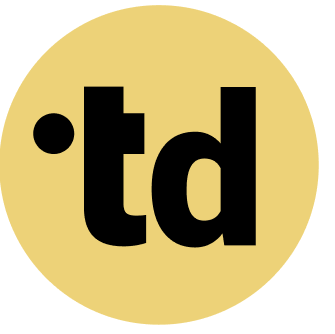Key Takeaways
Predicting resource needs with workload analysis tools is crucial to combat employee burnout, which affects 48% of workers in Germany.
Integrating AI requires careful planning, as 77% of employees report AI has increased their workload, highlighting the need for hybrid team governance.
Clear roles and responsibilities, defined by data, can reduce project conflicts by 25% and are essential for successful change management.
In today's fast-paced environment, Team Architects are the heroes tasked with building resilient, high-performing teams. Yet, they face a constant battle against unclear roles and overwhelming workloads, where 85% of German employees report feeling disengaged. This isn't just a morale issue; it's a direct hit to productivity. The old ways of static org charts can't keep up. The solution lies in a dynamic approach: using workload analysis to forecast demands accurately. This article explores how to master predicting resource needs, turning your team into a strategic force for growth and innovation.
Practical Framework for Team Architects
As a Team Architect, you can apply these principles to your organization:
- Map Current State: Document existing roles and responsibilities using a tool like teamdecoder.
- Identify Gaps: Where are roles unclear? Where do humans and AI agents overlap?
- Define Clear Boundaries: Specify which tasks are handled by humans vs. AI agents.
- Create Accountability: Assign clear decision rights for each role.
- Iterate and Improve: Continuously refine based on team feedback.
Confronting the Reality of Team Overload
Modern teams are facing unprecedented levels of stress. A staggering 48% of workers in Germany report symptoms of burnout. This widespread exhaustion stems from a 30% increase in perceived workloads, a direct consequence of the ongoing skills shortage. The emotional toll is significant, with a significant number of German employees feeling stressed for a large part of their day. This isn't just a feeling; it translates into a national productivity level that is a portion of below its previous peak. The core issue is a disconnect between assigned tasks and actual team capacity. Without clear insight, even the best teams are set up to fail. This environment of constant pressure directly impacts workload management effectiveness. The path forward requires a new kind of clarity.
Achieve Clarity with Predictive Workload Analysis
Imagine ending the guesswork in resource planning. Workload analysis tools provid Sweet Teams Are Made of This kind of clarity, enabling leaders to forecast needs with over the vast majority of accuracy.eds with over 90% accuracy. By analyzing tasks and projects, these platforms help define clear roles and responsibilities. This simple step can boost operational efficiency by at least a significant portion. Predicting resource needs becomes a strategic advantage, not an administrative chore. You can try teamdecoder for free to see this in action. This proactive approach to organizational development stops overload before it starts, creating a sustainable pace for Many people. It's the first step toward building truly resilient team structures.
Architect Insight: Mastering Hybrid Team Dynamics
The modern team is a hybrid of humans and AI. In Germany, AI adoption in companies more than doubled to some in just one year. Yet, there's a critical disconnect: 77% of employees report that AI has actually increased their workload. This paradox shows that simply adding technology isn't enough. Our Playful Tip: Use workload analysis to map tasks for both human and AI agents, ensuring a balanced distribution. This is how you Make Bots and Humans Click. Here is a checklist for integrating AI agents effectively:
- Define specific tasks fo
- Measure the AI's output against established KPIs, aiming for a a portion of efficiency gain.lished KPIs, aiming for a 20% efficiency gain.
- Reallocate the 5-10 hours saved per human employee to high-value strategic work.
- Use a capacity planning template to visualize the new hybrid workflow.
- Hold weekly check-ins for the first 90 days to refine the human-AI interaction.
Deep Dive: Enhancing human-AI integration is now a top-five priority for organizational development in 2025. Proper integration is key to unlocking the true potential of your hybrid team.
From Chaos to Control: The Power of Defined Roles
Clear roles are the bedrock of high-performing teams. When responsibilities are defined, teams can achieve their goals up to a significant number of faster. This clarity eliminates redundant work, which can consume up to a portion of a project's budget. Our Playful Tip: Host a workshop to map out roles, because Teams Just Wanna Have Fun when they know exactly how to win together. A team with defined roles sees a some reduction in project conflicts. This process is central to effective dynamic resource allocation. It transforms your team from a group of individuals into a cohesive unit focused on strategy operationalization. This structured approach ensures every member understands their contribution to the larger goals.
Drive Transformation with Data-Backed Decisions
Successful change management is driven by data, not intuition Yet, a staggering many all transformation initiatives fail.. The primary cause is often employee resistance rooted in uncertainty about future workloads. By predicting resource needs accurately, you address these fears directly Organizations that manage change effectively are many more likely to achieve their project goals.. Using a workload analysis tool provides the transparency needed to get buy-in from your entire team. This data-driven approach is essential for scaling your operations and managing any task force effectively. It turns risky transformation projects into predictable successes, as detailed in our guide to forecasting project workloads. With the right tools, you can finally de-risk the process of change.
Start Building Your High-Performing Team Today
Moving from overload to clarity is achievable. It begins with the right tools and a commitment to building better team structures. Adopting a platform for strategic workload planning empowers every Team Architect to become a catalyst for positive change. It provides the foundation for new leadership styles focused on empowerment and sustainability. With teamdecoder, you can shape your team and make change feel like play. See our pricing and discover how to build the future of work. For a hands-on approach, you can also download the "Dream Team Builder" guide to start structuring your team's roles immediately. This is how you build a resilient, future-ready organization. Try teamdecoder for free - shape your team and make change feel like play! Dream Team Builder guide
More Links
Federal Statistical Office (Destatis) provides an overview of the quality of work in Germany, covering various aspects of the labor market.
Federal Statistical Office (Destatis) focuses on the physical burdens at the workplace as a dimension of work quality.
Federal Ministry of Labour and Social Affairs (BMAS) provides access to labor market statistics and open data related to the German labor market.
Destatis discusses strategy and program planning in the context of economics and statistics.
Federal Office of Civil Protection and Disaster Assistance (BBK) deals with resource management.
Wikipedia defines and describes workload (Arbeitsbelastung) in the context of work and employment.
Institute for Production Systems and Logistics (IPH) discusses capacity planning in the context of factory planning.
Institut der deutschen Wirtschaft Köln (IW Köln) provides a report about the determinants of personnel planning.
Kompetenzzentrum Fachkräftesicherung (KOFA) provides recommendations for action regarding personnel requirements planning.
FAQ
What is workload analysis?
Workload analysis is the process of evaluating the amount of work assigned to employees over a specific period. Modern tools use data to forecast future resource needs, identify potential bottlenecks, and ensure tasks are distributed evenly and efficiently across the team.
How does teamdecoder help with predicting resource needs?
teamdecoder provides a platform for Team Architects to visualize workflows, define roles, and analyze current and future workloads. It replaces guesswork with data, allowing you to proactively manage capacity, prevent overload, and build more resilient team structures.
Is this approach suitable for small startups?
Absolutely. Startups can use workload analysis to scale roles effectively from day one. Our free plan is designed specifically for teams with five or fewer employees to establish strong organizational development practices from the beginning.
How long does it take to see results?
Teams often report increased clarity and reduced confusion within the first 30 days. Significant improvements in productivity and a reduction in overload-related stress are typically measurable within the first quarter of consistent use.
Can I integrate teamdecoder with other tools?
teamdecoder is designed to be the central source of truth for your team structure and workload. While direct integrations are Often evolving, the insights from the platform can be used to inform planning in your existing project management and HR software.
What kind of support do you offer for new users?
We offer comprehensive support for new users, including a free online course on Workforce Transformation and the option to book a personal consultation to help you get started. Our goal is to make your transition to data-driven team design as smooth as possible.





